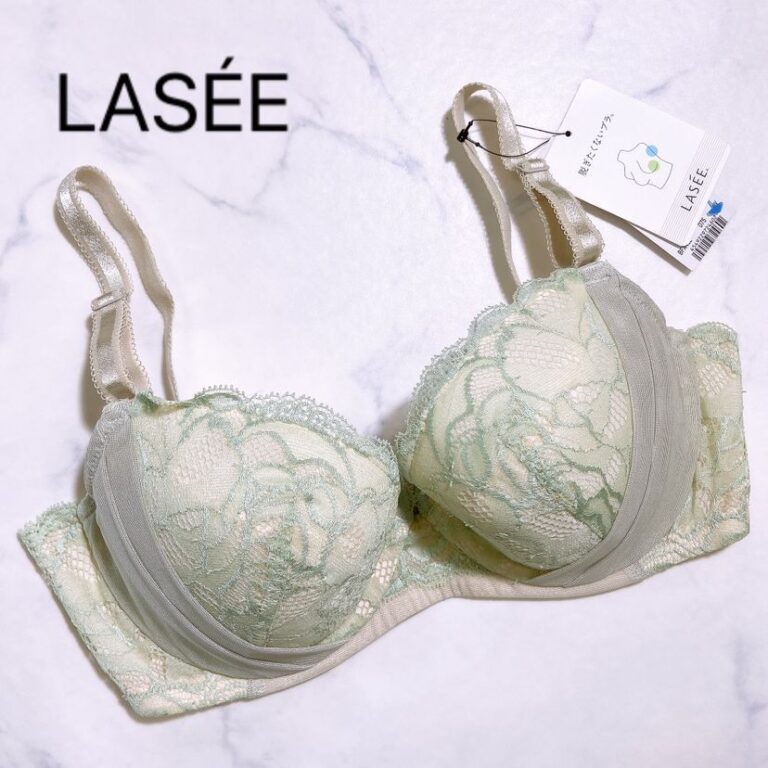In the extensive landscape of the net, wherein keywords come and pass, one phrase that has sparked interest and intrigue is “Lasée.” Unlike traditional terms that at once bring on a plethora of records, Lasée remains shrouded in thriller, looking ahead to exploration and know-how. In this newsletter, we embark on a journey to unravel the enigma behind the keyword “Lasée” and delve into its capability importance.
The Origin of Lasée:
The first query that arises while encountering the term “Lasée” is its origin. Unlike many keywords with clean etymological roots, Lasée seems to emerge from the digital ether without a nicely described backstory. It does not hint at its roots in any unique language or historical context, including to its mystique.
One hypothesis suggests that “Lasée” may be a coined term, manufactured from linguistic creativity or branding. In the ever-evolving digital landscape, new words and terms are constantly born out of necessity, innovation, or a choice for specialty. Could Lasée be an embodiment of this linguistic evolution?
The Linguistic Puzzle:
Linguists and language fans find themselves faced with a linguistic puzzle while faced with the term “Lasée.” The absence of a clear linguistic lineage demands situations the very material of language analysis. It increases questions on the fluid nature of language and how it adapts to deal with new expressions and concepts.
Some linguists advise that “Lasée” may be a neologism, a newly coined word that has but to find its vicinity in mainstream language. Neologisms frequently emerge from the need to articulate novel ideas or experiences, and Lasée may want to constitute an attempt to encapsulate an idea or sentiment that defies traditional expression.
Digital Footprints of Lasée:
In the age of records, each keyword leaves behind a digital footprint. A look for “Lasée” yields a fascinating array of effects, ranging from social media mentions to capacity commercial enterprise names and artistic endeavors. The lack of a singular, dominant association permits for various interpretations and applications of the period.
Social media platforms, specifically, showcase the versatility of Lasée. Individuals across the globe have incorporated it into their usernames, captions, and hashtags, each imbuing the phrase with private importance. The digital realm will become a canvas for the expression and interpretation of this mysterious keyword.
Business Ventures and Creative Expressions:
Beyond the world of private utilization, “Lasée” has located its way into commercial enterprise ventures and creative expressions. Entrepreneurs and artists alike appear drawn to the particular allure of the period, the usage of it as a logo name, product label, or artistic signature. The absence of a predefined means lets in for a wide spectrum of interpretations, making it a flexible and intriguing preference for various endeavors.
One may stumble upon a Lasée Café, an online boutique named Lasée Collections, or an artist signing their creations with the enigmatic word. Each example adds a layer to the evolving narrative of Lasée, contributing to its identity as a keyword that transcends traditional obstacles.
The Cultural Phenomenon:
In the virtual era, keywords frequently emerge as cultural phenomena, transcending their linguistic roots to grow to be symbols of identity and expression. Lase, with its ambiguous nature, embodies this phenomenon. It has grown to be greater than just a word; it’s miles a symbol of individuality, creativity, and the ever-increasing landscape of the internet.
Communities and subcultures may additionally undertake Lasée as a rallying factor, the use of it to indicate shared values or hobbies. The keyword’s capacity to evolve to diverse contexts and interpretations makes it a suitable candidate for inclusion in the lexicon of rising subcultures, similarly solidifying its vicinity inside the digital cultural tapestry.
The Power of Ambiguity:
What gives Lasée its precise allure is its inherent ambiguity. Unlike keywords with explicit meanings, Lasée invitations people to assign their very own interpretations to it. This open-mindedness allows for a mess of meanings, turning Lase right into a canvas upon which non-public tales, feelings, and aspirations can be painted.
The strength of ambiguity lies in its capacity to foster an experience of inclusivity. People from different backgrounds and studies can locate resonance within the nebulous contours of Lase, growing a shared space for diverse perspectives. In a global that often demands clarity and definition, Lase stands as a testimony to the splendor of ambiguity.
The Future of Lasée:
As we navigate the ever-evolving landscape of language and lifestyle, the destiny of Lasée remains unsure yet complete of potential. Will it solidify its place as an identified period with a universally widespread meaning, or will it preserve to thrive on the diverse interpretations of people and communities?
The virtual realm, with its dynamic nature, affords a suitable breeding ground for keywords like Lasée to flourish. Its adventure may contain collaborations with artists, integrations into popular ways of life, or maybe reputation by way of linguistic authorities. The future of Lase is an open narrative waiting to unfold, with every person, author, and linguist contributing to its evolving story.
Conclusion:
In the enormous expanse of the net, in which keywords frequently function as signposts for data and meaning, “Lasée” emerges as a captivating anomaly. Its lack of a clean foundation, coupled with its versatile packages in business, art, and tradition, renders it a keyword that transcends conventional linguistic limitations. As we explore the enigmatic global of Lase, we find out now not just a phrase but a phenomenon—a cultural image that invites interpretation, creativity, and a feel of shared identification. Whether it solidifies its means or maintains to conform within the digital landscape, Lasée stands as a testament to the dynamic nature of language and the countless possibilities that emerge from the interplay of words and tradition.

